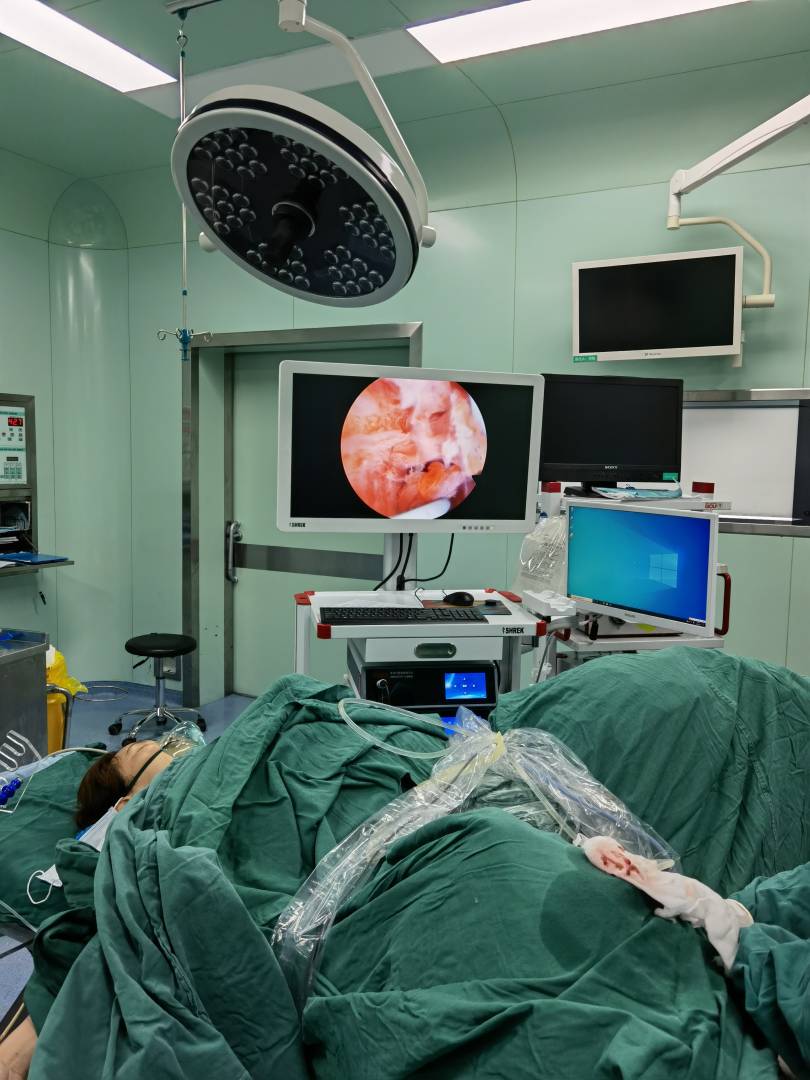- Shanghai, China
- [email protected]
- +86-21-58189111
Hysteroscopic surgery is a minimally invasive surgery performed with a hysteroscope. Hysteroscopy is an advanced equipment for diagnosing and treating diseases in the uterine cavity. It can clearly observe various changes in the uterine cavity and make a clear diagnosis.
Hysteroscopy can be divided into diagnostic type and surgical type, and soft type and rigid type. The flexible diagnostic hysteroscope is made of advanced optical fibers. The diameter of the tube is small and can be bent at will. It is easy to observe and diagnose the entire uterine cavity. .

Abnormal uterine bleeding, menorrhagia, oligomenorrhea, irregular menstrual cycle, uterine fibroids, uterine polyps, contraceptive displacement, infertility, habitual abortion, follow-up examination after natural or induced abortion, abnormal ultrasound imaging, Long-term lower abdominal pain, artificial insemination and preoperative evaluation of IVF are all indications for hysteroscopy.
The use of hysteroscopy technology can directly inspect the lesions in the uterine cavity, and locate and collect the diseased tissue for examination. The diagnosis is accurate, timely, comprehensive, and intuitive, and cancer can be detected early; tubal intubation can check the patency of the fallopian tube and clear the interstitial block of the fallopian tube. , accurate and effective; hysteroscopic surgery to remove endometrial, submucosal fibroids, endometrial polyps, uterine septum, intrauterine adhesions and removal of foreign bodies, good curative effect, no laparotomy, less trauma, less bleeding, less pain, recovery quick.
The uterus is the "palace of the fetus", and the uterine cavity is the room where the fetus will live for ten months. For example, an infertile woman, who had undergone artificial insemination and failed in vitro fertilization, underwent hysteroscopy and found that a fibroid had grown in the uterine cavity.
A woman was no longer pregnant after giving birth to her first child, and the treatment was ineffective. After a hysteroscopy, she found that there were two sutures left by a previous caesarean section in the uterine cavity. It was like a contraceptive device. The doctor also conceived and gave birth naturally after surgical hysteroscopy. Therefore, hysteroscopy is a powerful tool to treat infertility. European and American infertility experts believe that infertile patients should have hysteroscopy.
The best time for hysteroscopy should be just before menstruation to ovulation. During the examination, there is no need to use anesthesia, so there is no need to fast or to be hospitalized. After the examination, you can go home, and you can do normal daily activities without taking a rest or supplementing the next day.
Leave a Comments